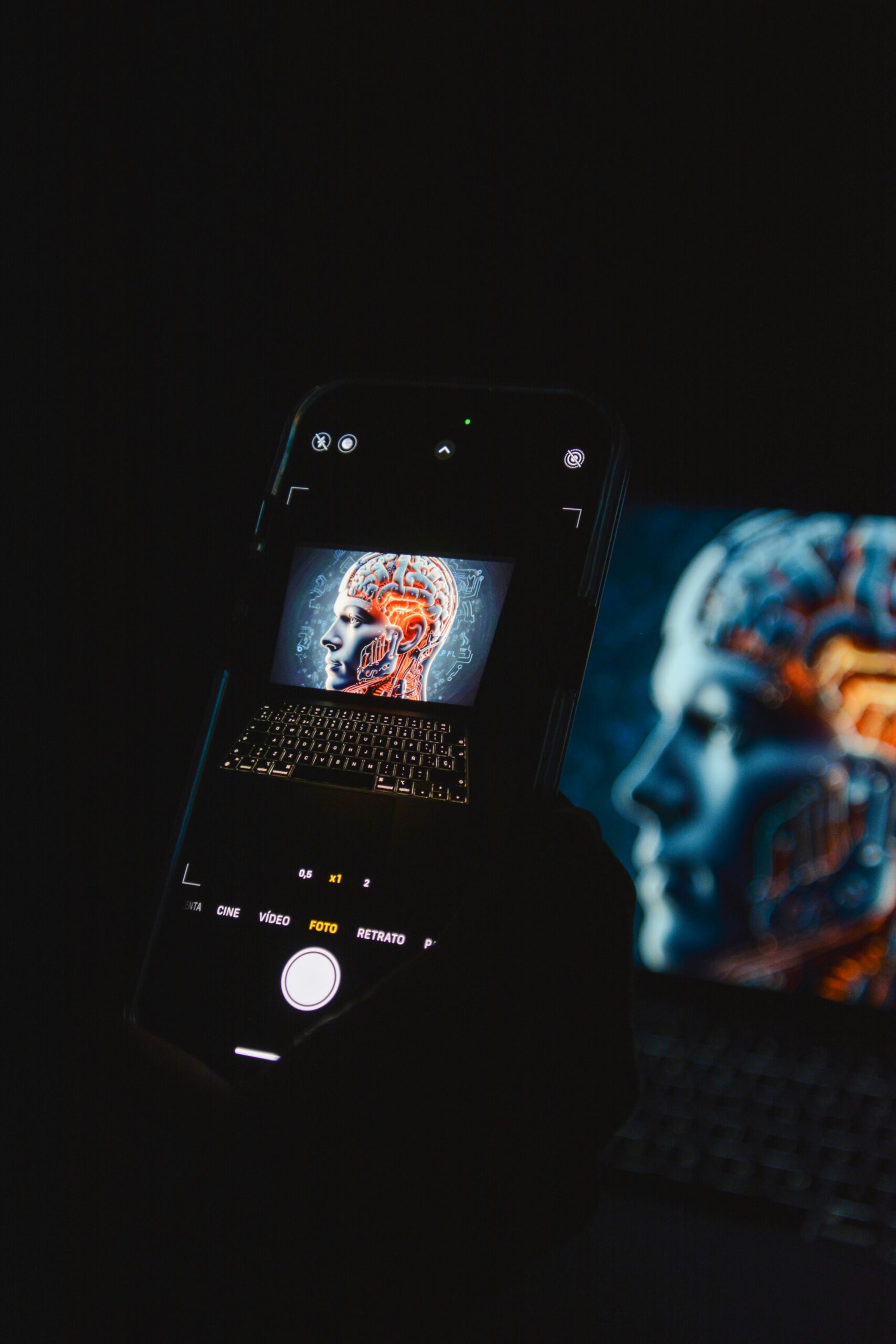Understanding the customer journey is essential for creating personalized and effective digital advertising campaigns. However, mapping out the customer’s path from awareness to conversion has become increasingly complex, especially as users interact with brands across multiple touchpoints. Enter artificial intelligence (AI). AI is revolutionizing customer journey mapping by automating data collection, providing real-time insights, and delivering actionable recommendations. For tech-savvy marketers, leveraging AI in customer journey mapping can greatly improve campaign targeting and optimization. Here’s how AI is reshaping customer journey mapping and enhancing digital advertising.
What is Customer Journey Mapping?
Customer journey mapping is the process of understanding and visualizing how customers interact with your brand across different channels and touchpoints. This includes every stage of the buyer’s journey, from initial awareness and consideration to conversion and post-purchase interaction. A clear customer journey map helps marketers identify key opportunities to engage with potential customers, optimize the experience, and boost conversions.
The Role of AI in Customer Journey Mapping
- **Automating Data Collection**
One of the biggest challenges in customer journey mapping is gathering data from multiple sources. AI simplifies this by automatically collecting data from various platforms, including websites, social media, email, and even offline interactions. AI tools can continuously track user behavior across these touchpoints, providing a comprehensive and real-time view of the customer journey.
- **Personalized Customer Insights**
AI analyzes vast amounts of data to generate personalized insights into customer behavior. It can identify patterns in how different customer segments move through the buyer’s journey, what content they engage with, and where they are most likely to drop off. This level of personalization allows marketers to tailor their advertising efforts to specific customer preferences and needs, leading to higher engagement and conversion rates.
- **Real-Time Journey Mapping**
AI enables real-time customer journey mapping, allowing marketers to monitor customer behavior as it happens. This real-time view is crucial for making quick adjustments to campaigns and ensuring that ads are served at the most opportune moments. For example, if AI detects that a customer has visited a product page multiple times without purchasing, it can trigger a retargeting ad or personalized offer to encourage conversion.
- **Predictive Analytics for Customer Behavior**
AI’s predictive analytics capabilities allow marketers to forecast customer behavior based on past interactions. By analyzing historical data, AI can predict future actions, such as which customers are likely to make a purchase, abandon their cart, or engage with specific content. This helps marketers proactively target customers with relevant ads and offers before they disengage, improving the overall customer experience.
- **Optimizing Multi-Channel Campaigns**
Today’s customers interact with brands across multiple platforms, from social media and websites to email and apps. AI helps marketers map out the entire multi-channel customer journey by identifying which touchpoints are most effective at driving engagement and conversions. This allows marketers to allocate their ad spend more efficiently and optimize their campaigns for maximum impact across all channels.
- **Dynamic Customer Segmentation**
AI allows for dynamic segmentation of customers based on real-time data. As customer behavior evolves, AI continuously updates and refines audience segments, ensuring that your ads are always reaching the most relevant audience. This dynamic segmentation is more accurate than static methods, as it adapts to changes in customer preferences and behaviors.
Benefits of AI-Driven Customer Journey Mapping
- **Better Ad Targeting**
By gaining a detailed understanding of the customer journey, marketers can deliver ads that are more relevant to each stage of the buyer’s process. Whether it’s introducing new customers to your brand during the awareness stage or retargeting users who are close to converting, AI-powered journey mapping ensures that the right message reaches the right person at the right time.
- **Improved Customer Experience**
AI-driven customer journey mapping allows brands to create more personalized and seamless experiences. Understanding how customers move through the journey enables marketers to remove friction points and ensure that customers receive the support and content they need at every step. This results in higher satisfaction and loyalty.
- **Increased Conversion Rates**
With AI providing real-time insights into customer behavior and preferences, marketers can optimize their campaigns to drive conversions. By identifying the key moments when customers are most likely to convert, AI helps marketers deliver the right ad or offer at the perfect time, increasing the likelihood of a successful outcome.
- **Cost Efficiency**
AI-powered journey mapping allows marketers to allocate resources more effectively by focusing on the touchpoints and channels that drive the best results. This ensures that marketing budgets are spent on high-value interactions, improving overall campaign ROI.
How to Get Started with AI in Customer Journey Mapping
- **Choose the Right AI Tools**
There are numerous AI-powered tools and platforms available that specialize in customer journey mapping. Look for tools that integrate with your existing systems, such as CRM software, analytics platforms, and ad platforms. Popular options include Google Analytics, Salesforce Einstein, and HubSpot’s AI features.
- **Gather Comprehensive Data**
To maximize the effectiveness of AI, ensure that you’re collecting data from all relevant touchpoints. This includes both online and offline interactions, such as website behavior, social media engagement, email responses, and in-store visits. The more data you provide, the more accurate and insightful the AI’s predictions and mapping will be.
- **Continuously Optimize**
Customer behaviors change over time, so it’s important to continually monitor and optimize your journey maps. AI tools can automate much of this process by identifying shifts in behavior and recommending new approaches. Regularly review performance metrics and make adjustments to your campaigns to keep pace with evolving customer preferences.
At Advida, we use AI-powered customer journey mapping to create more personalized and effective advertising campaigns. By automating data collection, analyzing customer behavior in real time, and delivering predictive insights, AI allows us to optimize every step of the customer journey. Incorporating AI into your customer journey mapping strategy can help you deliver better-targeted ads, improve customer experiences, and increase conversions. Embrace the power of AI to enhance your digital advertising efforts and stay ahead




